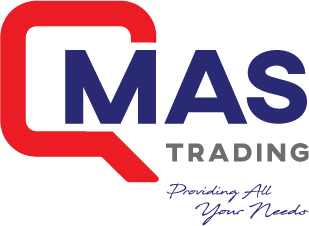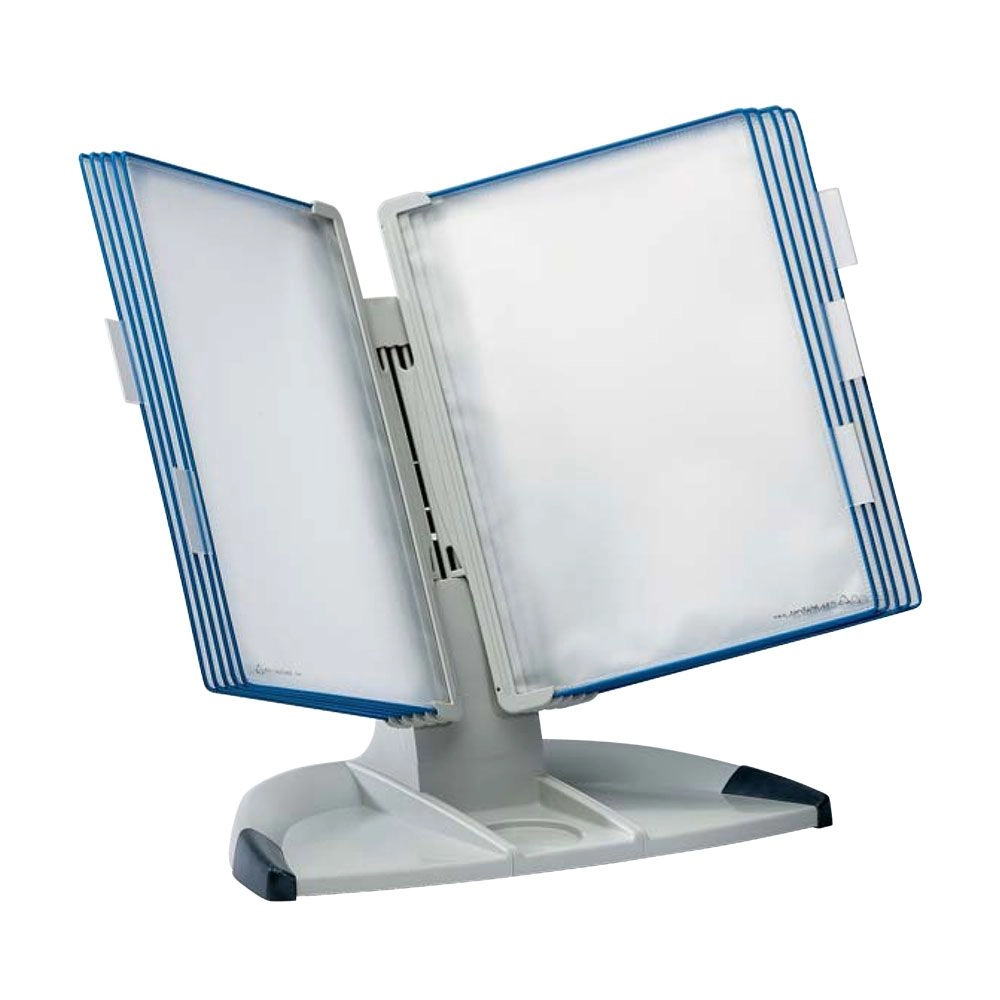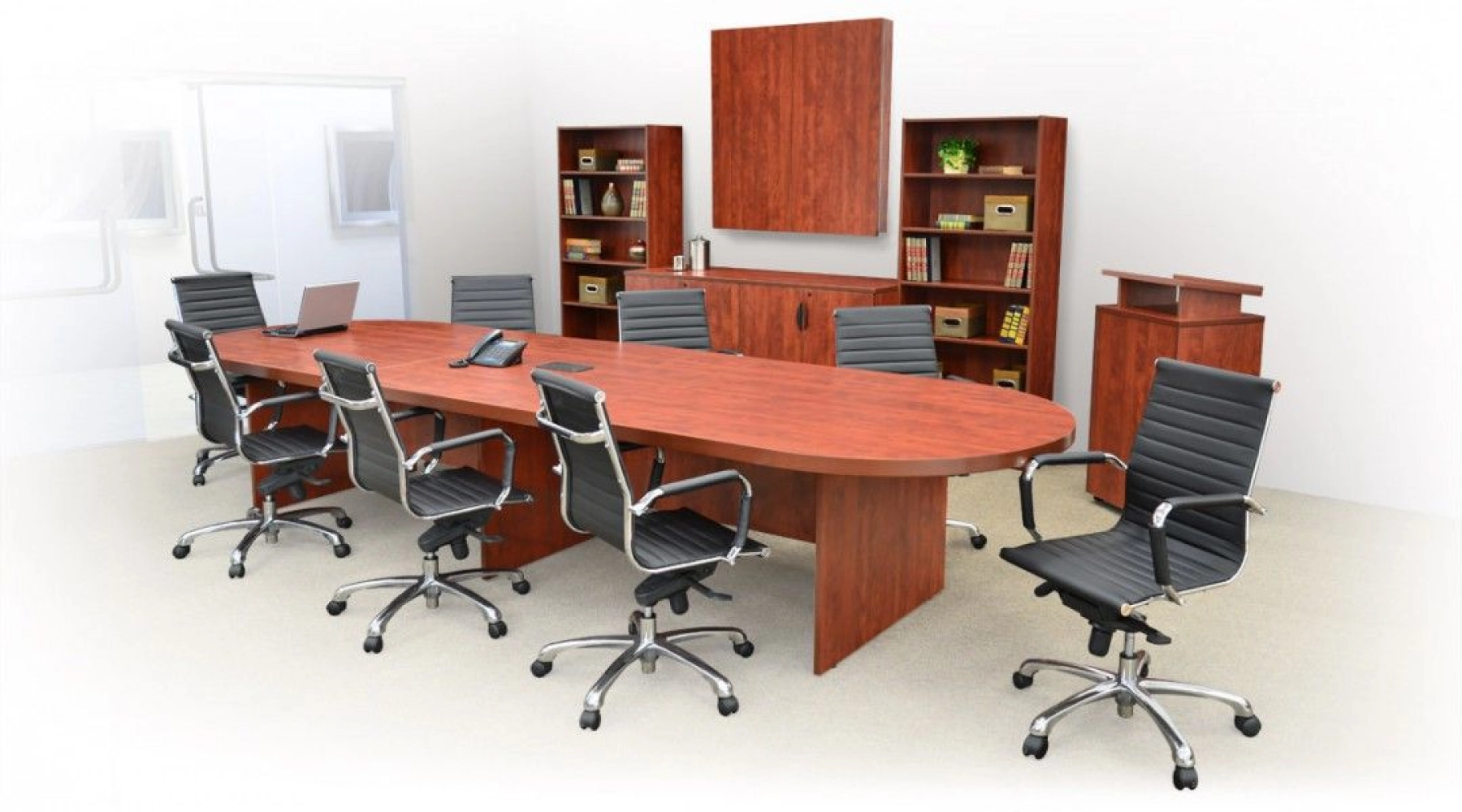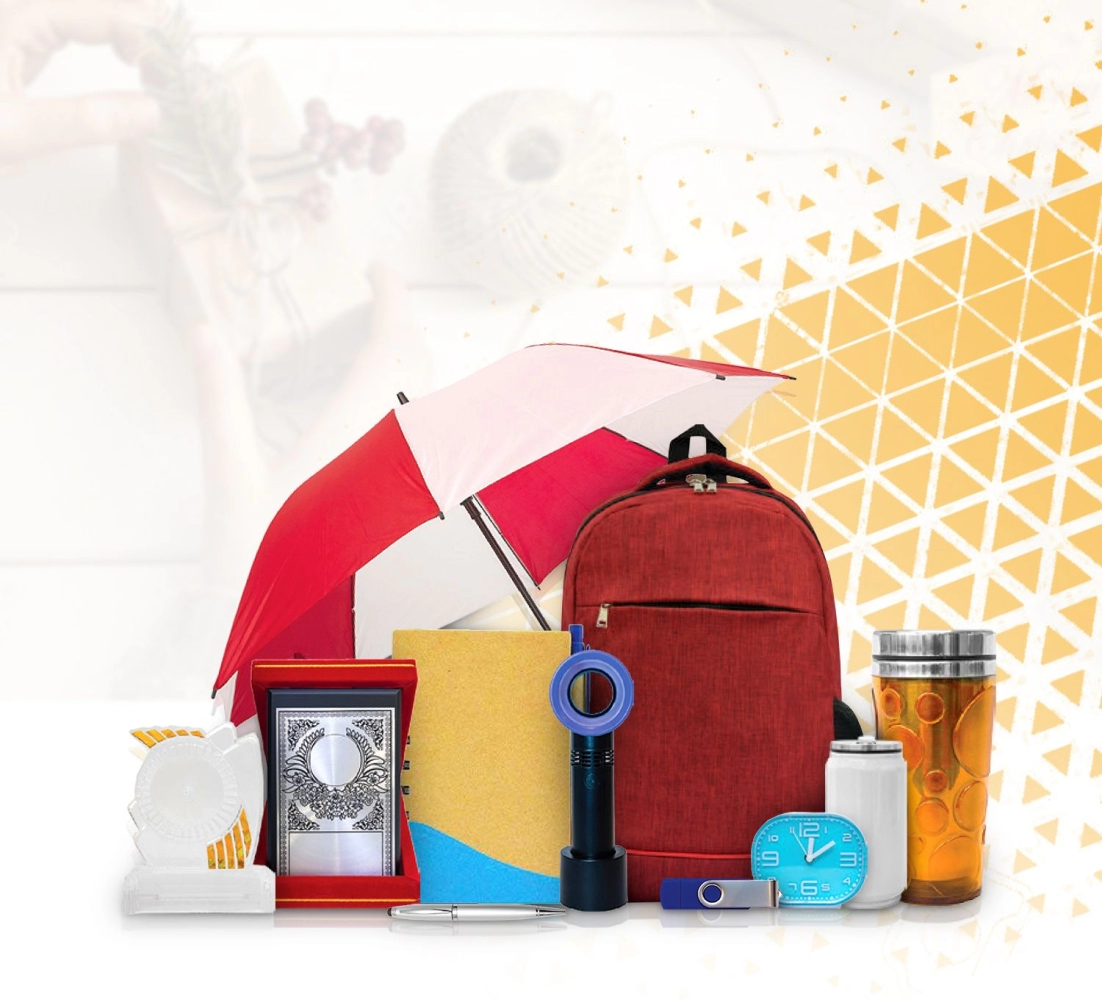When it comes to selecting a table for office use, there are various factors to consider, including functionality, size, design, and durability. Here are some key points to keep in mind:
-
Functionality: Determine the specific purpose and functions the table will serve in the office. Will it be used as a workstation for computers, a meeting table, a conference table, or a multipurpose table? This will help you choose the appropriate size, shape, and features.
-
Size and Shape: Consider the available space in the office and choose a table that fits well without overcrowding the area. Common table shapes include rectangular, square, round, or oval. Rectangular tables are versatile and often used as workstations, while round tables promote a more inclusive and collaborative environment.
-
Material and Durability: Select a table made of sturdy and durable materials that can withstand regular use. Common options include wood, laminate, metal, or a combination of materials. The choice of material depends on factors such as aesthetics, durability, maintenance, and budget.
-
Ergonomics: If the table will be used as a workstation, pay attention to ergonomic features. Ensure the table height is adjustable or appropriate for comfortable keyboard and monitor placement. Consider integrating features like cable management solutions to keep wires organized and out of the way.
-
Storage: Evaluate whether storage options are needed. Some tables come with built-in drawers, shelves, or compartments that provide convenient storage for documents, stationery, or other office essentials.
-
Aesthetics and Style: Choose a table that complements the overall office decor and reflects the desired image or atmosphere. Consider factors such as color, design, and the overall style of the office space to create a cohesive and professional environment.
-
Accessibility and Connectivity: In today's technology-driven offices, consider tables that offer built-in power outlets or USB ports for easy access to electrical connections. This allows for convenient charging of devices and connectivity during meetings or work sessions.
-
Budget: Determine the budget allocated for the table and prioritize features accordingly. Consider the long-term value and quality of the table to ensure it meets your office's needs and withstands regular use.
Remember to consider the specific requirements and preferences of your office when choosing a table. Testing the table's functionality, size, and features beforehand, if possible, can help ensure a suitable fit for your office space. A well-chosen table can contribute to a productive and efficient work environment.
Inquiry - Table














